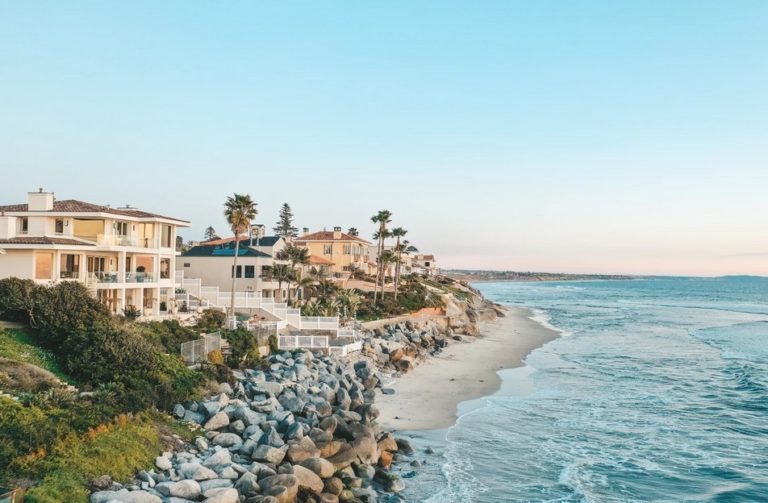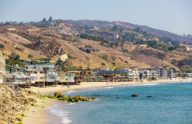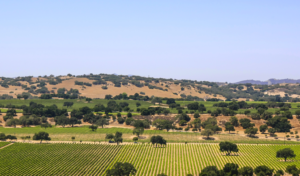Property owners with strong property rights make our coasts more beautiful

For many Americans, the cornerstone of “the American dream” is the possibility to someday own a slice of a beach paradise. But when it comes to beaches—or any land along our coasts—government agencies have declared open season on private property rights.
Government agencies and environmental organizations often suggest there’s an inherent conflict between private land ownership and the public good. Don’t buy it.
Private land ownership and development does not remove the beach or other coastal resources from the public’s reach. To the contrary, private ownership can dramatically increase opportunities for the public to experience that beauty—and protect it.
Take the highly developed southern California coast. Housing, hotels, restaurants, boardwalks, and tourist attractions line the coast of Malibu, Santa Monica, Laguna Beach, and other sun-soaked SoCal destinations. People flock to the coast to enjoy all those sights, including the natural beauty that the development has made accessible and financially sustainable.
Some of the nation’s most celebrated coastal destinations, like Miami or the Marina District in San Francisco, are located in former marshes and swamps that were uninhabitable until opened for public enjoyment by development.
Development of this kind, too often demonized by government agencies and environmental activists, is undeniably of value to the people who visit these destinations to enjoy their beauty.
Private property is a threat to the coast only in the minds of those who believe that untouched open space is the sole “correct” way to enjoy the coast.
The reality is that people enjoy nature in different ways. Many may get a spiritual boost simply viewing the coastline. But others will benefit from residential or commercial development. Some benefit from the jobs and profits that come from tourist-serving businesses—enterprises that will in turn be enjoyed and appreciated by visitors in a virtuous circle.
Even when the goal is conservation, strong property rights allow owners to protect land from encroachment or damage by others. Non-profit organizations, for instance, may choose to preserve undeveloped land; private associations may dedicate coastal land for parks or beaches for public access. Our Constitution even allows the government to seize private property for public use, so long as the owner receives just compensation.
Property rights mean that some coastal lands may be used for homes or business, and others might be preserved entirely, according to the land’s value in each form.
Yet over and over, government agencies have been hostile to private property rights and unwilling to pay anything when they take property for public use. Instead, they demand that private property be given for public use through restriction or outright theft.
We fight these abuses through the courts and on behalf of our clients.
Whether it’s preventing Texas officials from forcefully converting private beaches to public property or stopping the California Coastal Commission from blocking development along the coast based on what might be seen by passing kayakers, PLF fights for people’s rights to preserve, build, and live responsibly as they choose.
PLF fights these cases because the unchallenged absurdities of today become the enforced policies of tomorrow. The surest way to enhance the public’s access and enjoyment of the coast is to promote and secure every individual’s right to own a part of it.












